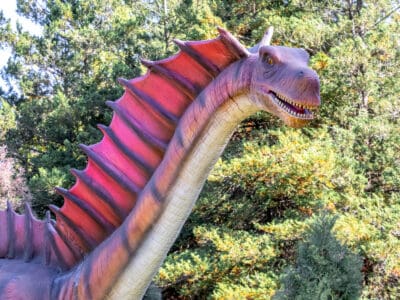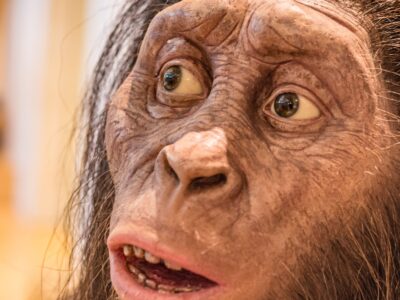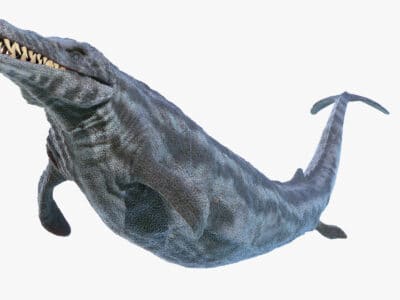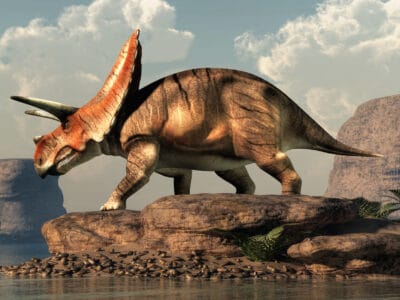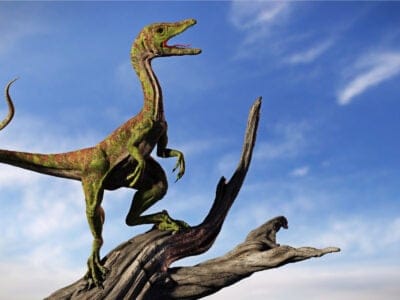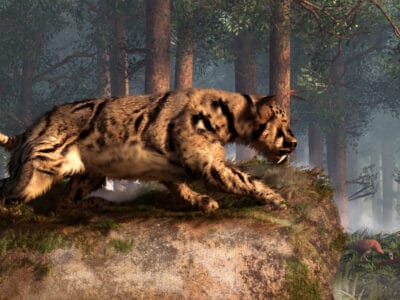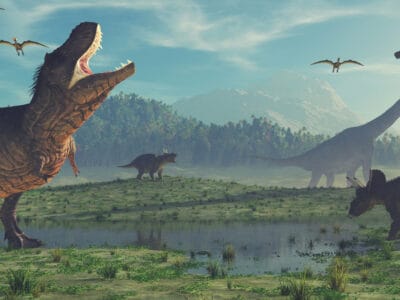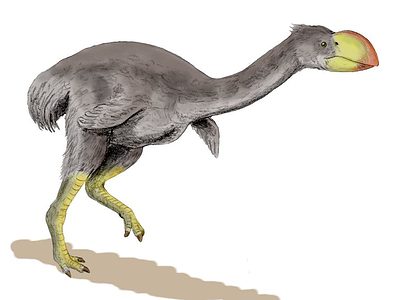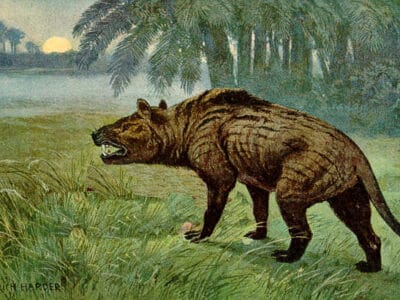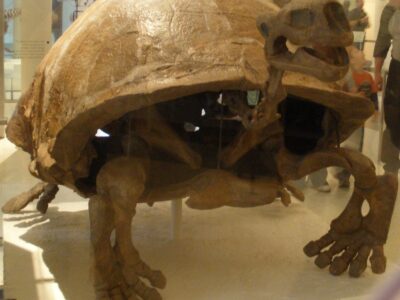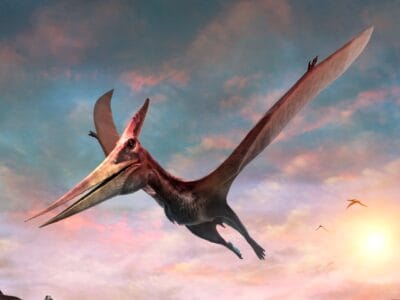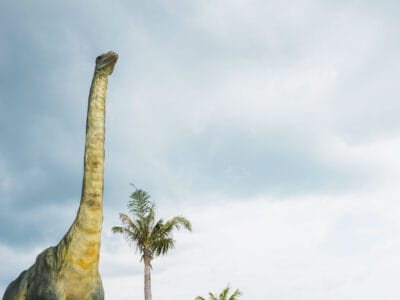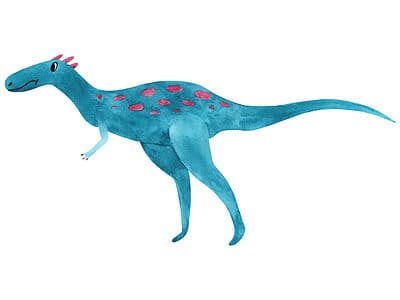Extinct is a classification category on the International Union for the Conservation of Nature’s (IUCN) Threatened Species List.
Extinction occurs when a species — also called “taxon” for the list — no longer exists anywhere on earth. When scientists have done extensive research and agree that there is no longer a single individual specimen of the species they declare it extinct. Essentially, extinction represents the termination of a taxon.
In the history of our planet, scientists estimate that 4 billion species have populated it over time, but 99% of those are now extinct animals. Since 1500 alone, approximately 900 species have gone extinct. Among these extinct animals are the West African black rhinoceros, the baiji white dolphin, the Tasmanian tiger, the dodo, and Stellers sea cow.
There are six main reasons why species now become extinct:
- Habitat loss
- Introduction of a foreign species
- Hunting
- Pollution
- Disease
- Loss of genetic variation
Human actions have played a huge role in species extinction in more recent history, but they’re not the only culprit. Of the 99 percent of species that have gone extinct on the planet, most of these extinct animals were victims of cataclysmic events or evolutionary problems. Typically, species have a lifespan of about 10 million years, but there are some that stick around for hundreds of millions. Take jellyfish; they have shimmied around the world’s oceans for about 550 million years! However, just because most animals eventually go extinct doesn’t mean we should not be concerned with their conservation status. When species are unnaturally dying out, to maintain the planet’s ecological balance, we must make an effort to ensure their survival.
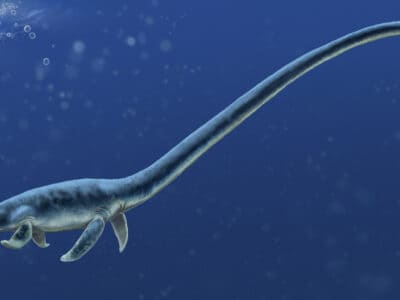
Albertonectes
The Albertonectes had the longest neck out of other Elasmosaurids.
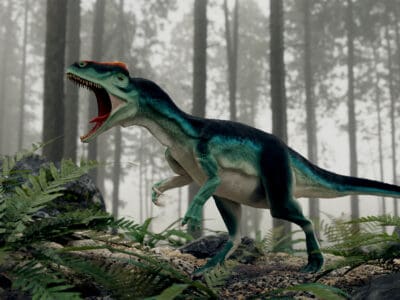
Allosaurus
Allosaurus is the official state fossil of Utah because of the abundant number of fossils found in the state.

Allosaurus
Differnt Lizard” or Allosaurus weighed around two tonnes that is almost equal to a car.
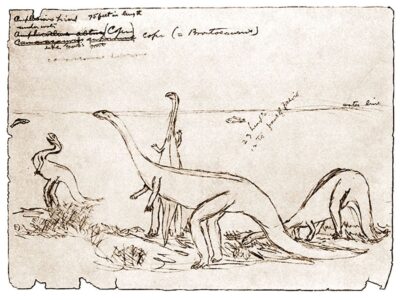
Amphicoelias Fragillimus
Only one fossil has been found for this dinosaur and it was lost very soon after discovery.
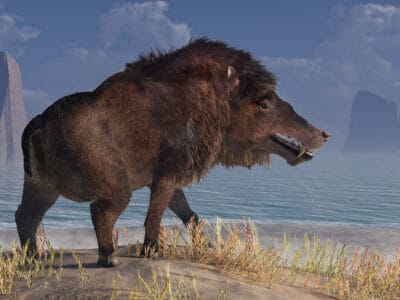
Andrewsarchus
Andrewsarchus is the largest terrestrial mammalian carnivore to have ever lived.
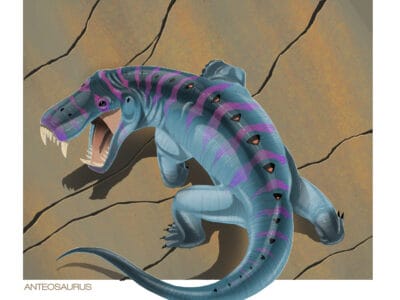
Anteosaurus
Although the Anteosaurus looked like a crocodile, it is more related to mammals than reptiles.
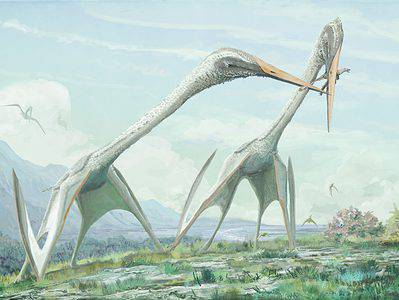
Arambourgiania
The Arambourgiania was not a dinosaur but instead a pterosaur!
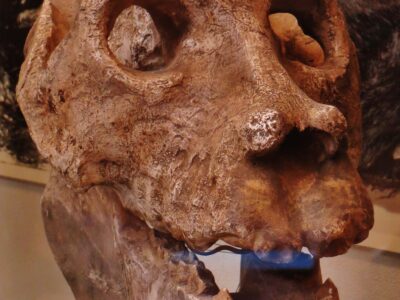
Archaeoindris
Archaeoindris was the largest primate to evolve in Madagascar
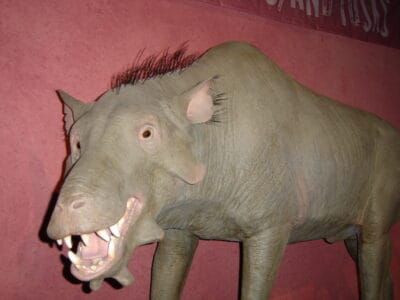
Archaeotherium
The family Entelodontidae is commonly referred to as "hell pigs."

Archelon Turtle
Archelons are the largest turtles to have ever lived in the world
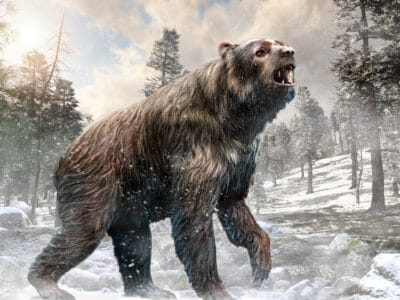
Arctodus
The South American spectacled bear is its closest relative living today.
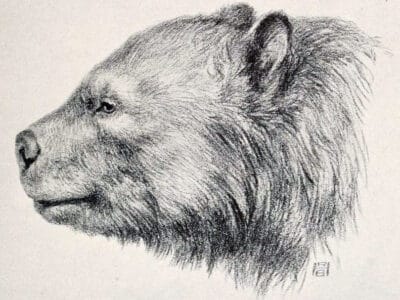
Arctotherium
The first fossil from the genus Arctotherium was discovered back in 1852.
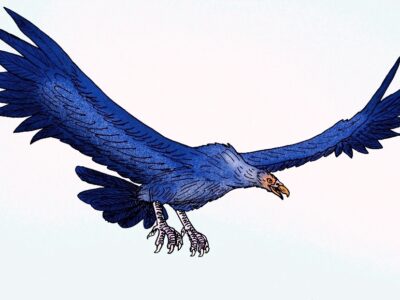
Argentavis Magnificens
The Argentavis Magnificens was the heaviest flight bird to ever exist

Argentinosaurus
The Argentinosaurus weighed as much as 10 elephants!
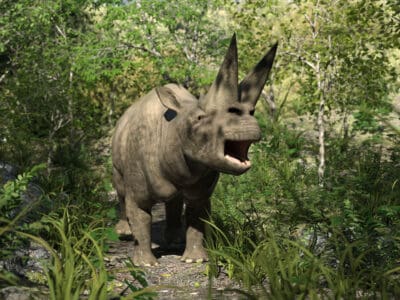
Arsinoitherium
Arsinoitherium was a twin-horned mammal that looked like a rhino but is more closely related to present-day elephants.
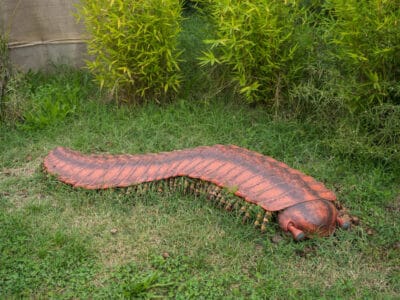
Arthropleura
Arthropleura was the largest terrestrial invertebrate to have ever lived

Aurochs
Extinct ancestor of all domesticated cattle!
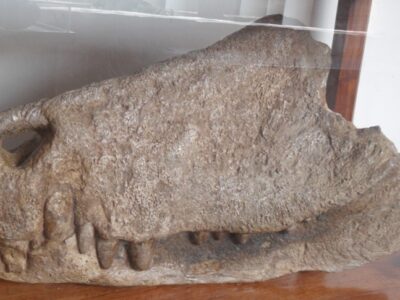
Barinasuchus
Largest terrestrial predator of the Cenozoic era
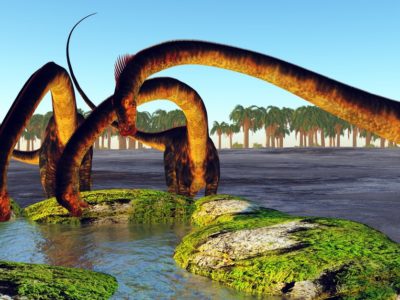
Barosaurus
If a barosaurus were alive today, it could stand on its hind legs and look in a 5th floor apartment window.
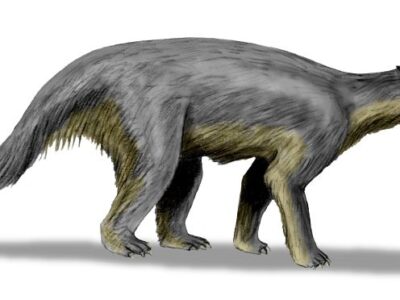
Barylambda
Barylambda was one of the largest animals that lived during the Paleocene
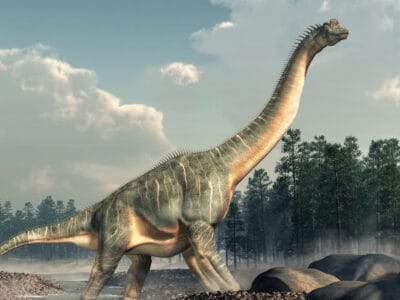
Brachiosaurus
Palentologists originally believed that brachiosaurus lived in the water, but they lived on land.
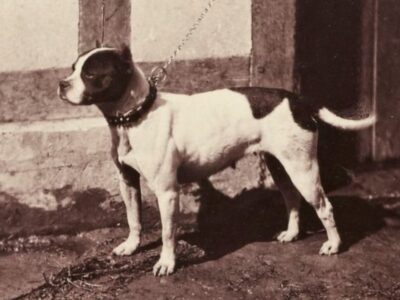
Bull and Terrier
Bull and Terriers were explicitly bred for bull-baiting, a savage blood sport where certain dog breeds would attack an angered bull tied to a pole.

Cape Lion
Despite its large, muscular body, the Cape lion actually rests more than 20 hours a day
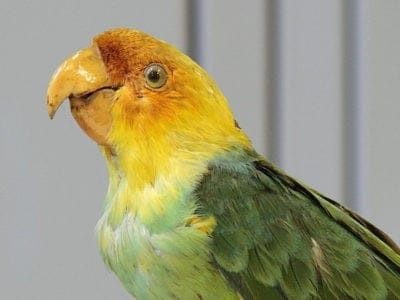
Carolina Parakeet
The Carolina parakeet is one of the few parrots that lived as far north as the United States
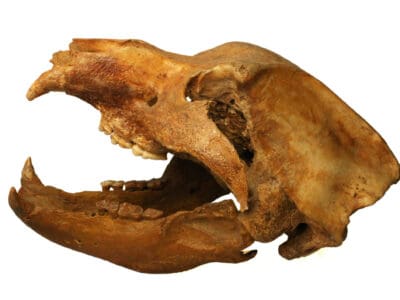
Cave Bear
Cave bears may have been worshiped by primitive humans.
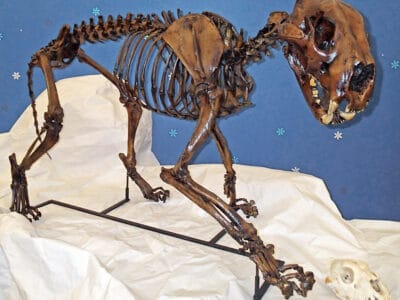
Cave Lion
Unlike modern lions, cave lions didn't have a significant mane.
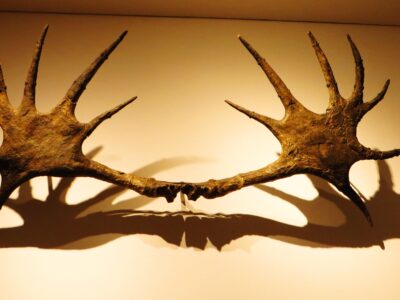
Cervalces latifrons (Broad-Fronted Moose)
Cervalces latifrons are the largest species of deer that ever existed.
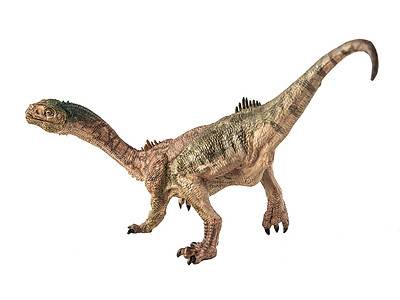
Chilesaurus
Shared traits from several dinosaur groups
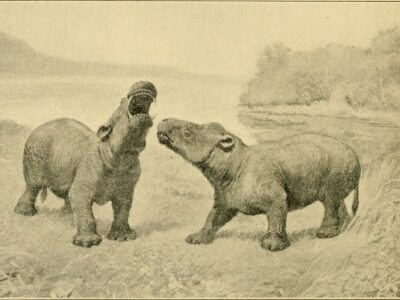
Coryphodon
The Coryphodono looked like a fancy rhinocerous, but it was more related to elephants

Crocodylomorph
Crocodylomorphs include extinct ancient species as well as 26 living species today.
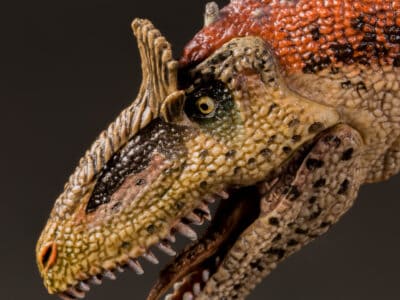
Cryolophosaurus
This dinosaur was known as the elvissaur due to its pompadour-like crest.
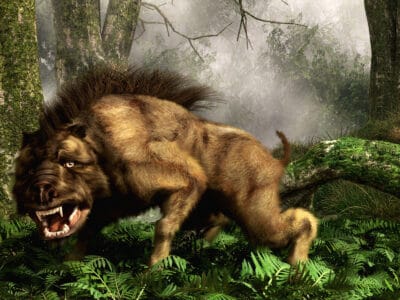
Daeodon
Scientists don't know whether daedon had scales, feathers, fur, or something else.
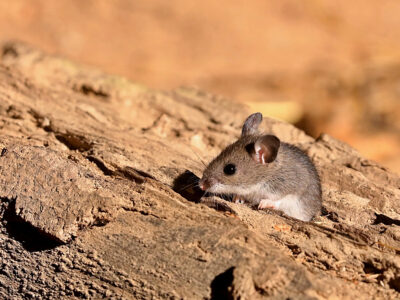
Deer Mouse
Roughly 60 different species of deer mice range from Canada to Central America!

Deinocheirus
Despite being bipedal, Deinocheirus had a large forearm
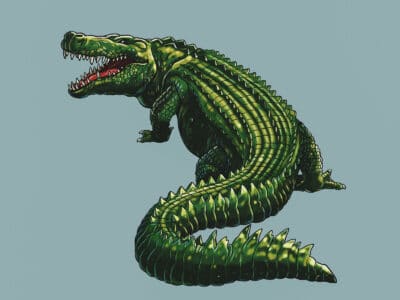
Deinosuchus
Deinosuchus was probably the biggest crocodilian that ever lived
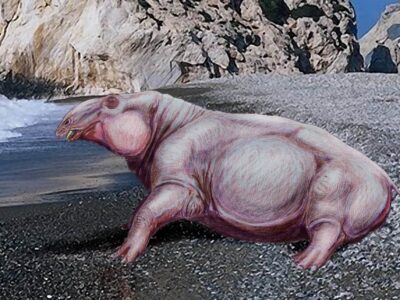
Desmostylus
Desmostylus has no living descendant.

Dilophosaurus
Dilophosaurus was the largest predatory dinosaur in North America during the Early Jurassic Epoch of the Jurassic Period.
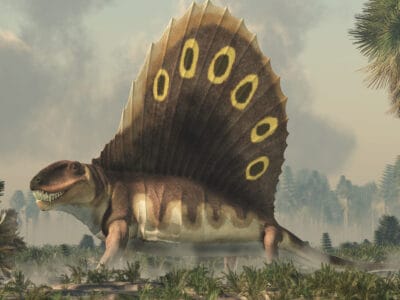
Dimetrodon
Dimetrodon was among the largest predators of the Early Permian Period.

Dinocrocuta
Dinocrucuta had very strong jaws capable of crushing bones.
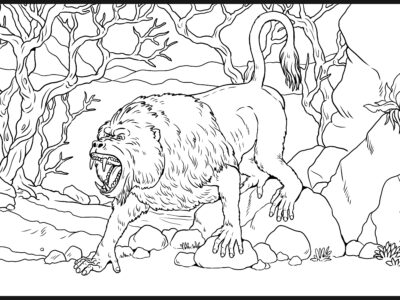
Dinopithecus
The only species currently recognized of this ancient baboon is Dinopithecus ingens.
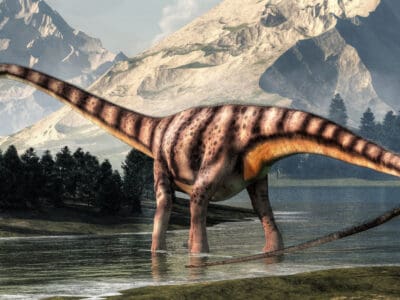
Diplodocus
Their long tales could have been used as a whip!
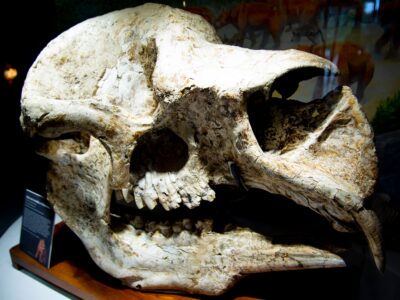
Diprotodon
Diprotodon was the largest marsupial that ever lived.
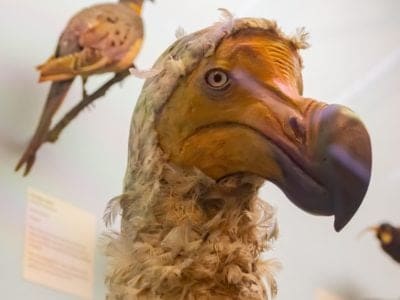
Dodo
Native to the island of Mauritius!

Doedicurus
Deodicurus was one of the largest glyptodonts to have ever lived.

Dunkleosteus
Dunkleosteus had a bite force strong enough to cut through pirey.

Elasmosaurus
Elasmosaurus is an extinct reptile species.
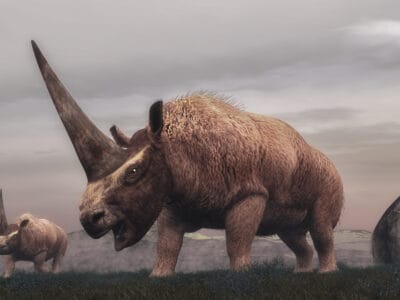
Elasmotherium
Elasmotherium might have had a monstrous horn, giving it the name "The Siberian Unicorn."
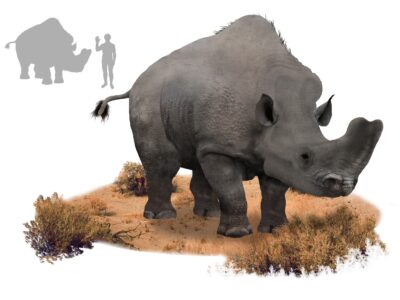
Embolotherium
Embolotherium had a ram on its snout like a rhino but they never used it as a weapon.

Epicyon haydeni
Bone crushing dogs
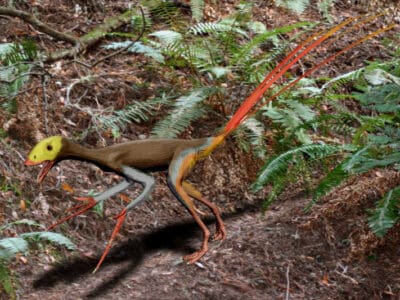
Epidexipteryx
Epidexipteryx was one of the smallest non-avian dinosaurs to ever exist.

Equus giganteus
Equus giganteus is the largest species of horse that has ever lived.
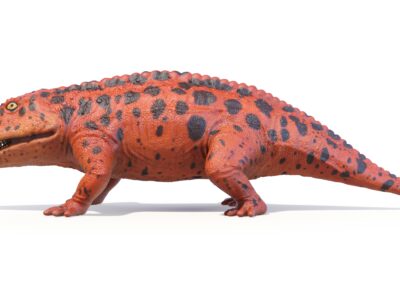
Eryops
Unlike modern amphibians, Eryops had a well-developed rib cage
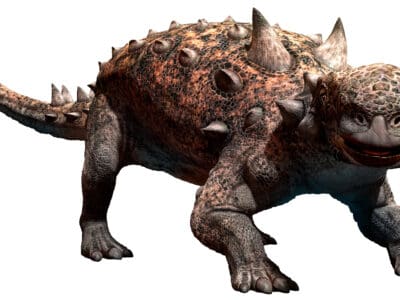
Euoplocephalus
Euplocephalus are the only Ankylosaurid dinosaurs with a bone plated head.
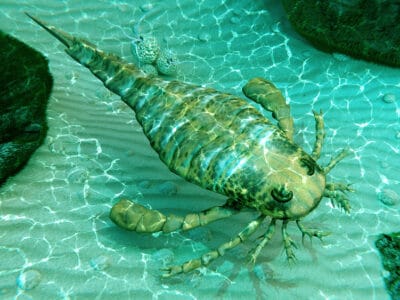
Eurypterus
Eurypterus has a long tail that looks like a scorpion's stinger

Finch
Finches have strong, conical bills that help them break open tough seeds that many other birds cannot.

Gastornis
Gastornis had a massive beak, but they probably ate plants instead of flesh.

Gigantopithecus
Some cryptozoologists think that Gigantopithecus survives to this day as "The Bigfoot."
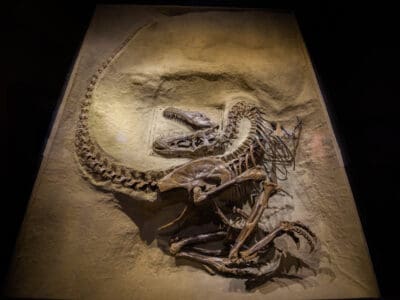
Gorgosaurus
Gorgosaurus probably lived and hunted in packs.
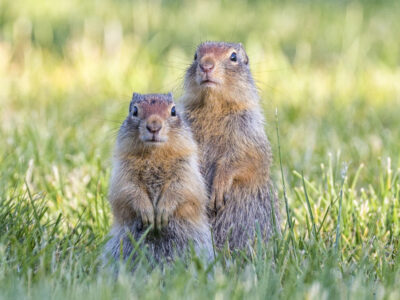
Ground Squirrel
Ground squirrels are adept excavators and can dig colonial burrows larger than football fields!

Haast’s Eagle
The Haast's eagle was the largest eagle to have ever existed.
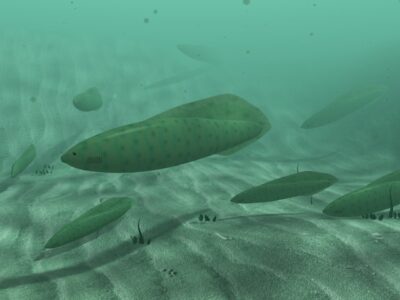
Haikouichthys
Haikouichthys was the first animal to develop a well-defined head
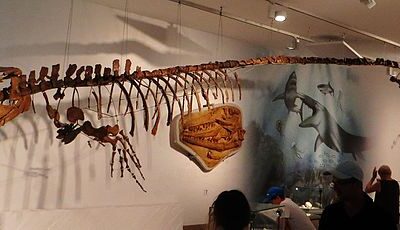
Hainosaurus
The hainosaurus was named after the Hainaut province of Belgium where the first specimen was discovered.
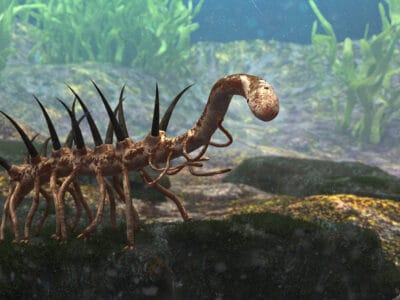
Hallucigenia
The position of the Hallucigenia's head puzzled scientists for several years

Hatzegopteryx
Hatzegopteryx was one of the largest flying animals to have ever lived.
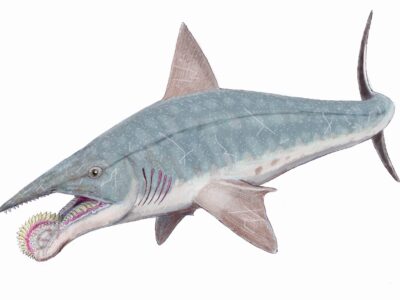
Helicoprion
Helicoprion was one of the largest cartilaginous fish of all time.

Herrerasaurus
Herrerasuarus was one of the earliest dinosaurs in fossil records
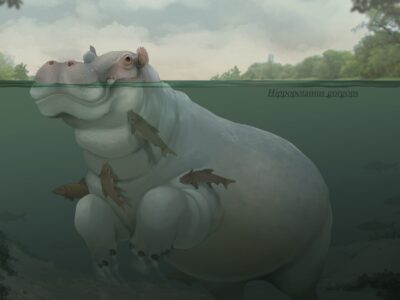
Hippopotamus gorgops
The eyes of Hippopotamus gorgops were positioned on eyestalks which allowed it to see above the water surface when submerged.

Icadyptes
Unlike present-day pengiuns, Icadyptes lived in a warm habitat near the equator.
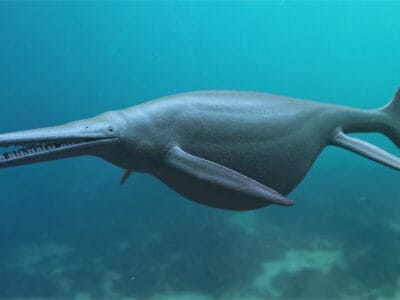
Ichthyosaurus
Gave birth to live young instead of laying eggs like other reptiles

Ichthyostega
Ichthyostega was one of the first aquatic animals to venture on land
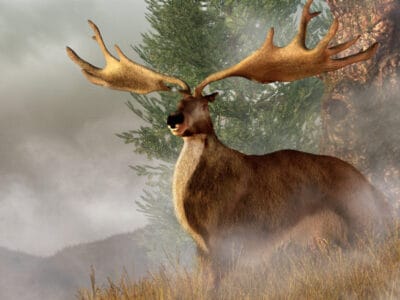
Irish Elk
The Irish elk had the biggest antlers of any known deer species.
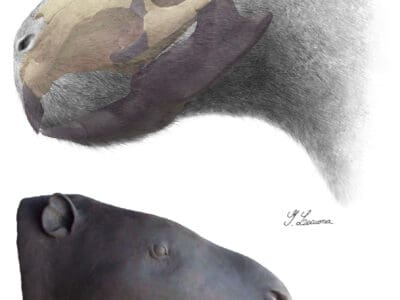
Josephoartigasia monesi
Josephoartigasia monesi the largest known rodent

Kaua’i ‘Ō‘ō
Calls could be heard up to a quarter mile away
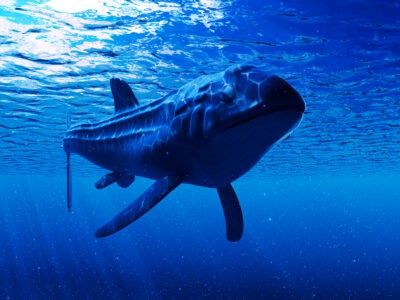
Leedsichthys
Leedsichthys is one of the largest fish ever discovered
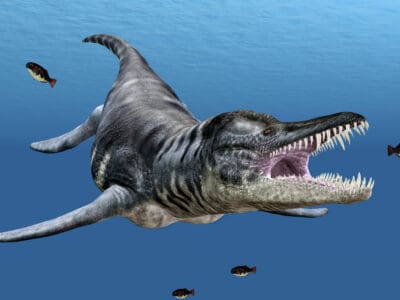
Liopleurodon
Liopleurodon were fast swimmers that lived entirely under water, but they had no gills

Liopleurodon
One of the largest pliosaurs to ever live
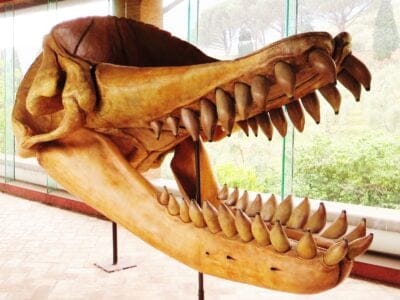
Livyatan
The Livyatan had 1 to 1.2 foot long, interlocking teeth

Lystrosaurus
Lystrosaurus was one of the few terrestial species that survived the permian extinction

Machaeroides
Machaeroides had large saber-teeth, much like the saber-toothed tiger.
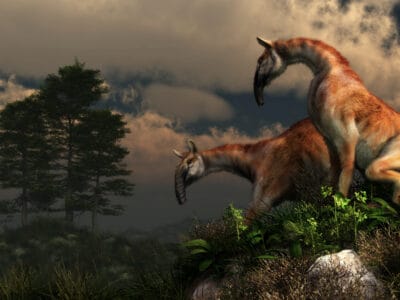
Macrauchenia
The Macrauchenia was a large mammal, at nearly ten feet in length, weighing about 2,299 pounds.

Magyarosaurus
Magyarosaurus is the smallest sauropod dinosaur to have ever lived
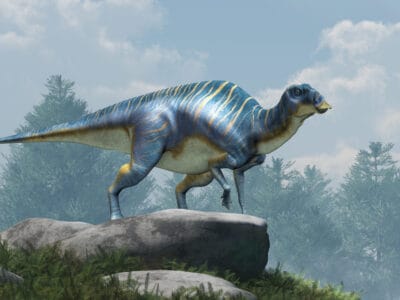
Maiasaura
Maiasaura dinosaurs can grow to 31 feet long.
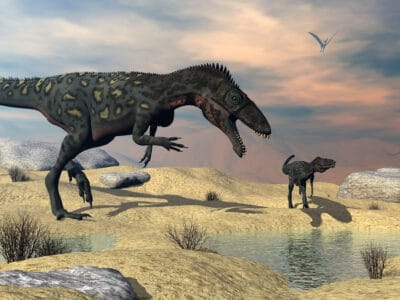
Masiakasaurus
Masiakasaurus had dentition adapted to catching fast-moving prey.
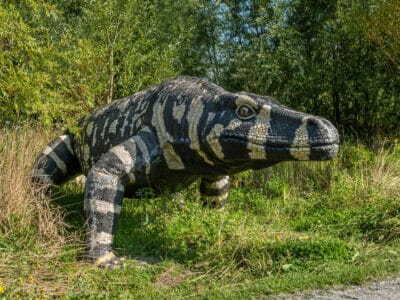
Megalania
Some people believe that Megalania still exists in remote areas, although those beliefs have never been validated with evidence.

Meganeura
Mageneura was the largest insect that has ever lived. However, it wasn't the heaviest
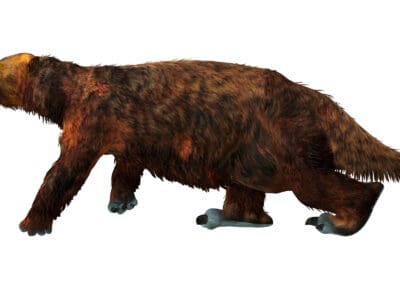
Megatherium
Megatherium probably used its lips more than its tongue when feeling for choice leaves in the treetops.

Meiolania
The Meiolania had a massive head that it was unable to put fully inside its shell.
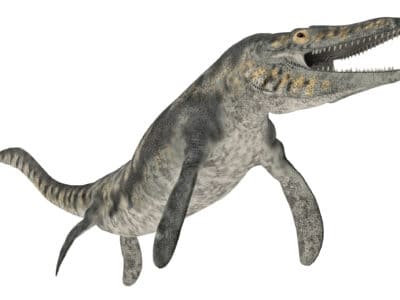
Mosasaurus
The Mosasaurus was much longer than the fearsome Tyrannosaur rex.

Muttaburrasaurus
Muttaburrasaurus is named after the town of Muttaburra in central Queensland.

Neanderthal
Roamed Asia and Europe for around 100,000 years!
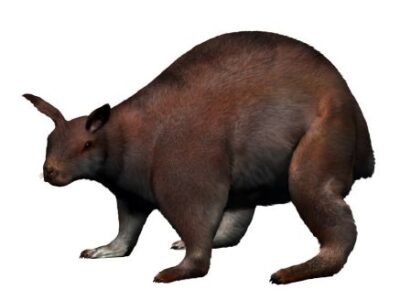
Nuralagus
the Nuralagus is the biggest rabbit on record

Opabinia
Opabinia had five stalked eyes on its head.
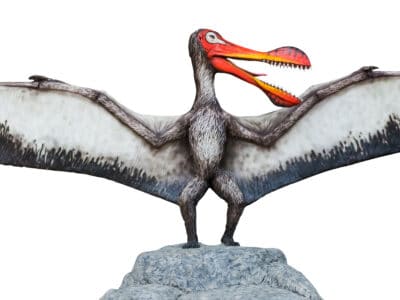
Ornithocheirus
Scientists once considered the Ornithocheirus an ancestor to modern birds

Ornithomimus
Ornithomimus translates from Greek to mean “bird mimic.”
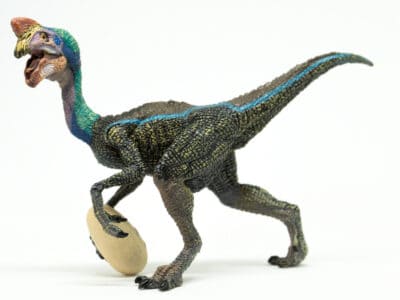
Oviraptor
Oviraptor means "egg thief" or "egg seizer," though they were quite protective of their own eggs.
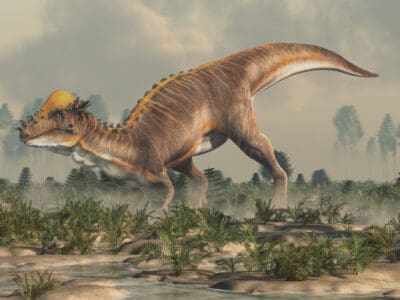
Pachycephalosaurus
The Pachycephalosaurus' head was up to 30 times thicker and stronger than a human skull.
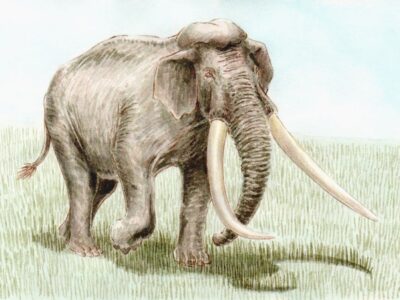
Palaeoloxodon namadicus
Palaeloxodon namadicus was the largest land mammal ever found
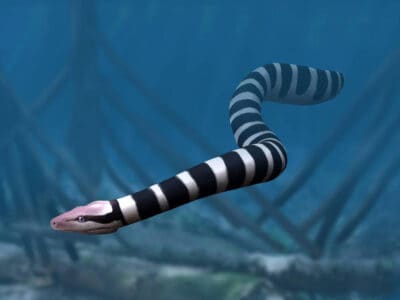
Palaeophis
This snake was as long as a school bus!

Paleoparadoxia
Scientists were able to determine that Paleoparadoxia was exclusively aquatic by comparing the rib cages of fossils to modern species of mammals like dugongs and polar bears.

Panthera atrox (American Lion)
Panthera atrox was about 25 percent larger than modern lions

Parasaurolophus
The Parasaurolophus ran on its hindlegs at speeds of up to 30mph!
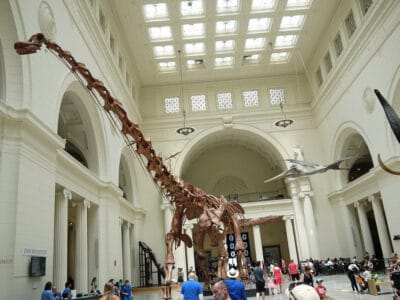
Patagotitan
The patagotitan's bones were hollow and air-filled.
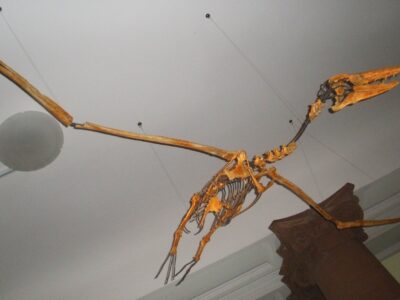
Pelagornithidae
The biggest members of the Pelagornithidae family were the largest flying birds known.

Phorusrhacos
It's a genus of terror birds

Plesiosaur
Plesiosaur had a short tail and an extremely long neck

Pliosaur
Pliosaurs were the short-necked version of plesiosaurs.
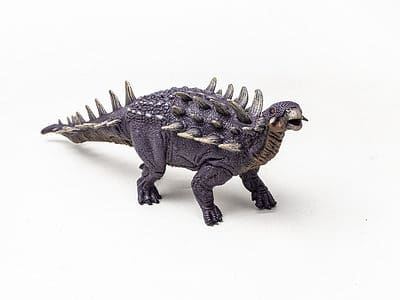
Polacanthus
Spiky Herbavore that looks like "bowser"

Procoptodon
The largest variety of kangaroo to have ever been discovered.

Psittacosaurus
These parrot-headed dinosaurs had beaks and feather-like quills on their tails!
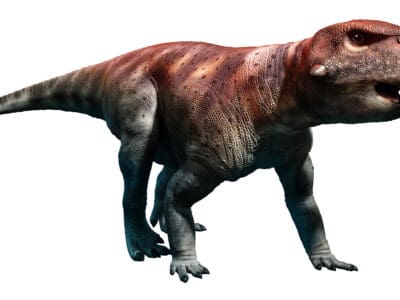
Psittacosaurus
The Psittacosaurus dinosaurs had four limbs but were mostly bipedal.
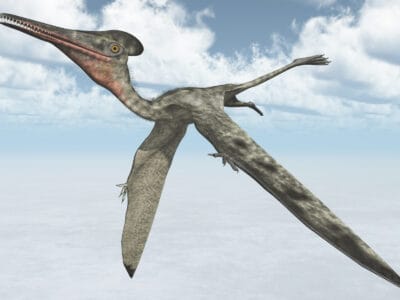
Pterodactyl
Pterodactyl is not technically a dinosaur. Although they lived during the same time as dinosaurs, they are classified as winged reptiles.

Puertasaurus
"The ribcage of a Puertosaurus was as large as a school classroom!"

Purussaurus
Purussaurus had a bite force that is higher than that of any creature that has ever lived
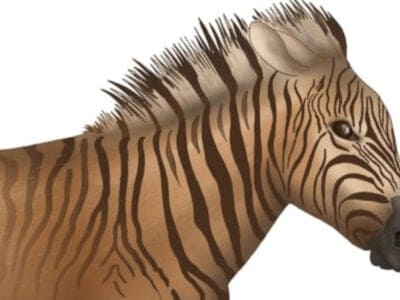
Quagga
The quagga is a subspecies of plains zebra.

Quetzalcoatlus northropi
Quetzalcoatlus northropi was one of the largest flying animals ever found

Repenomamus
One of the biggest mammals of the dinosaur age that used to eat other dinosaurs
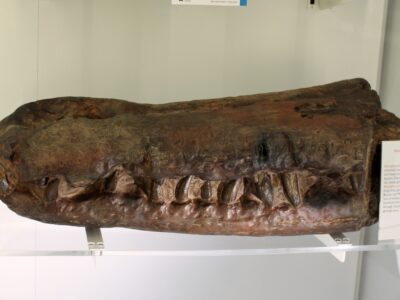
Rhamphosuchus
Rhamphosuchus had a narrow snout with a beak-like appearance.
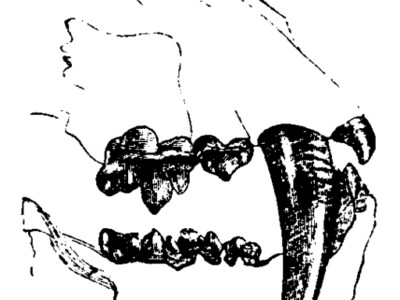
Saber-Toothed Tiger
Canines up to 7 inches long!
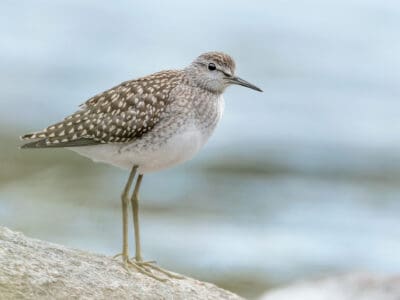
Sandpiper
Some sandpipers can migrate more than 8,000 miles without stopping!

Sarcosuchus
Sarcosuchus is a relative of present-day crocodiles.
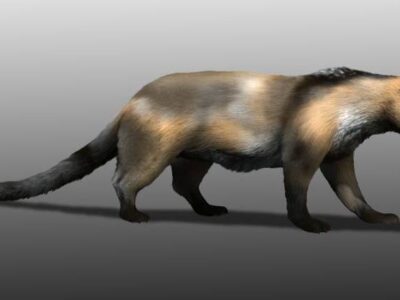
Sarkastodon
Sarkastadon was one of the largest land mammal carnivores of all time!
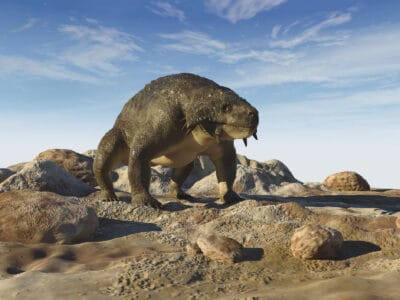
Scutosaurus
Unlike most reptiles, Scutosaurus' legs were positioned underneath its body to support its great weigh
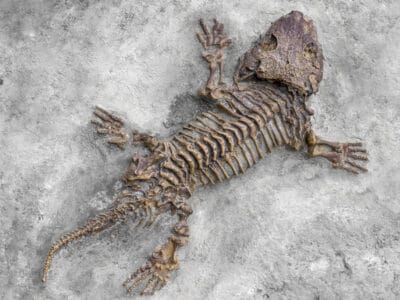
Seymouria
Although Seymouria had so many reptilian features, it was an amphibian

Shantungosaurus
Shantungosaurus was one of the largest duck-billed dinosaurs to have ever lived.
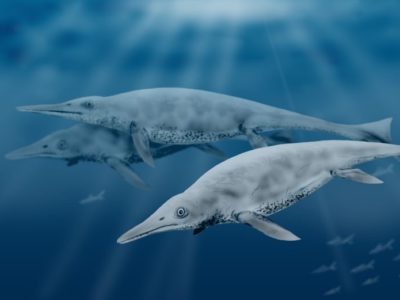
Shastasaurus
Despite the massive size of the Shastasaurus, it only ate soft-bodied prey.

Short-Faced Bear
The modern Spectacled Bear, which lives in South America, is related to the Short-Faced Bear!

Simbakubwa
Simbakubwa kutokaafrika was as big as a polar bear.
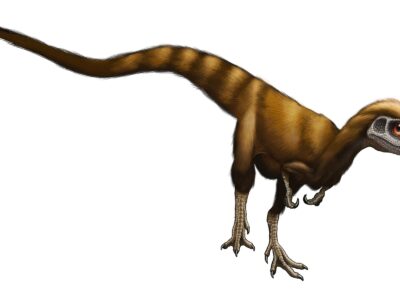
Sinosauropteryx
Sinosauropteryx were prominent in the Cretaceous and Jurassic periods.

Sivatherium
Sivatherium was a large giraffid and also one of the largest ruminants of all-time.
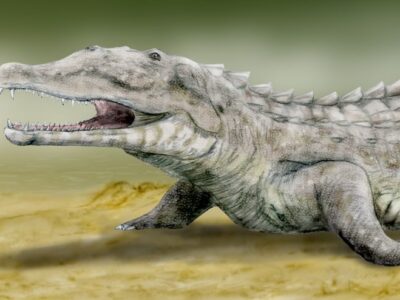
Smilosuchus
The biggest species in the Smilosuchus genus, S. gregorii, was the largest known reptile of its time, reaching a length of up to 39 feet.
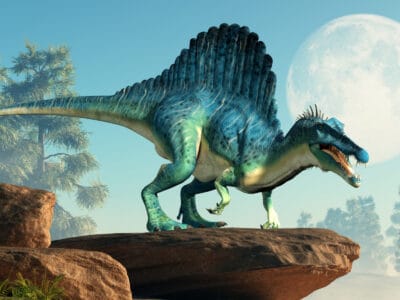
Spinosaurus
The Spinosaurus is the biggest carnivorous dinosaur ever discovered!

Steller’s Sea Cow
Hunted to extinction in 17 years!

Stupendemys
The largest freshwater turtle known to have ever lived!
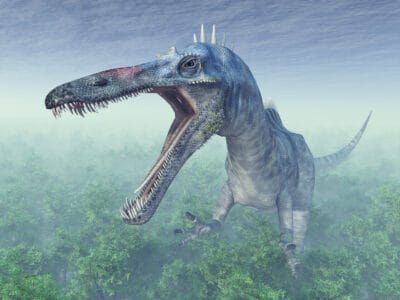
Suchomimus
It walked on two legs and leaned forward
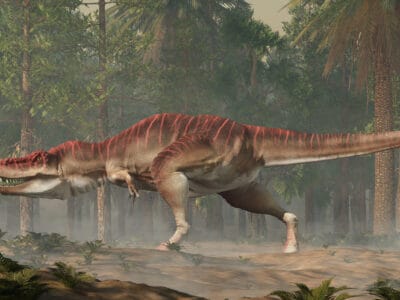
Tarbosaurus
Tarbosaurus‘ name “bataar” is a mispelling of the Mongolian word “baatar,” which means “hero.”
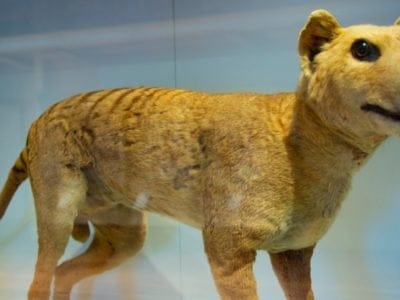
Tasmanian Tiger
The Tasmanian tiger could open its mouth almost 90 degrees.
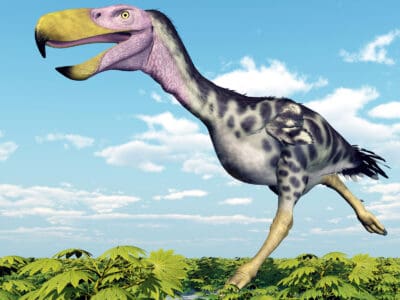
Terror Bird
Though terror birds were flightless, their wings featured an unusual sharp claw which they could use as a weapon.
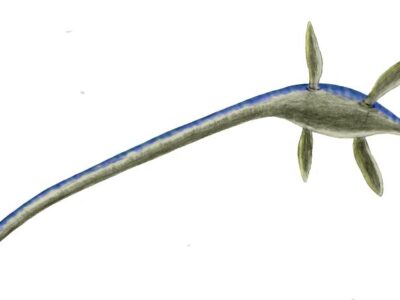
Thalassomedon
The length of the Thalassomedon's neck was up to half its body length

Thanatosdrakon
Thanatosdrakon was one of the largest pterosaurs that lived in South America.
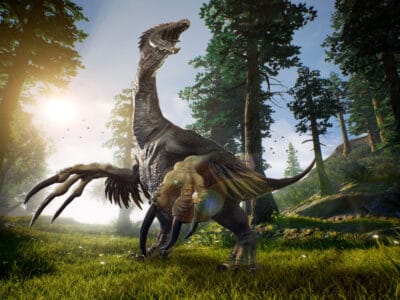
Therizinosaurus
Longest claws of any terrestrial animal in history
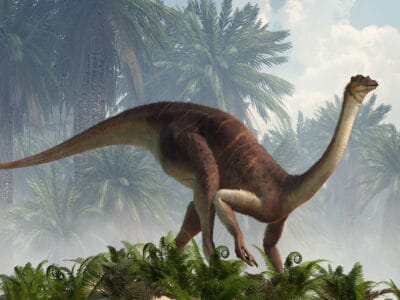
Theropod
Some theropods had feathers and may have been ancestors of modern birds.
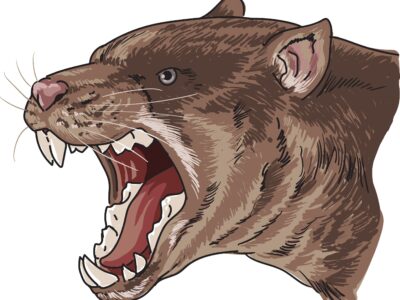
Thylacoleo
Scientists have speculated that its bite force was equivalent to that of a 551 pound lion!
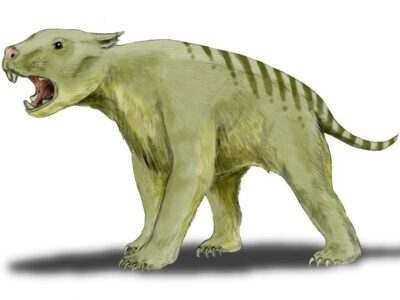
Thylacoleo carnifex
Thylacoleo carnifex was the largest carnivorous mammal in Australia

Thylacosmilus
Thylacosmilus resembled saber-toothed cats, but they’re not related

Tiktaalik
Seen as an evolutionary link between fish and tetrapods

Titanoboa
The Titanoboa was a massive, 42-foot-long boa constrictor that lives 58-60 million years ago.
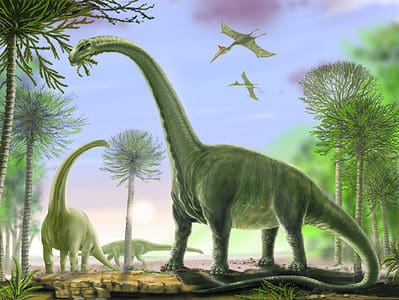
Titanosaur
Among the largest land animals to ever exist
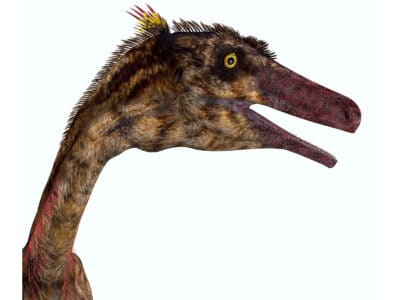
Troodon
Troodon formosus means "wounding tooth" in Greek, a name that describes its serrated teeth.
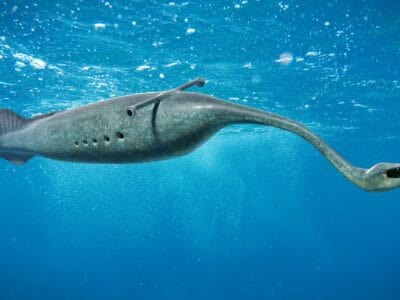
Tully Monster
Tully Monsters can neither be classified as vertebrates nor invertebrates due to their ambiguous body structure.
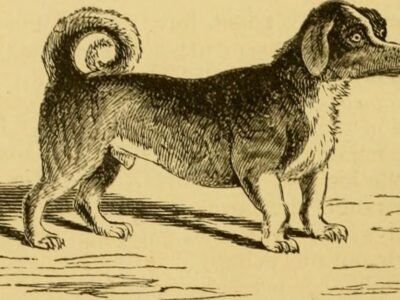
Turnspit
The turnspit was a small breed, weighing between 15 to 25 pounds and measuring 8 to 12 inches tall.

Tusoteuthis
Tusoteuthis was one of the largest cephalopods ever
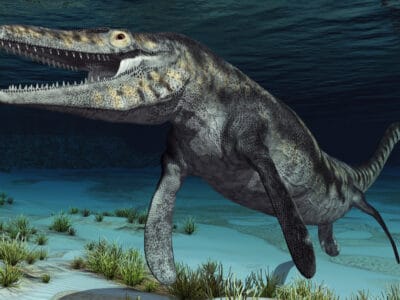
Tylosaurus
Tylosaurus was a marine reptile that is closely related to modern-day snakes and monitor lizards.

Tyrannosaurus Rex
They had many air pockets in their skeleton which kept them light despite their tremendous size.
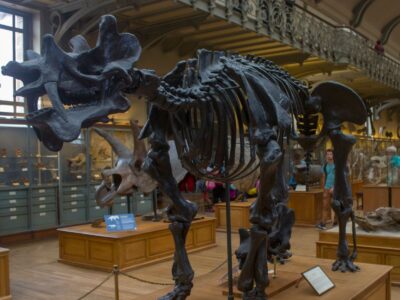
Uintatherium
The Uintatherium was an exceptionally large and exceptionally ugly ungulate that lived during the Eocene epoch

Vegavis
Vegavis was one of the earliest birds to have a sound-producing organ

Waimanu
The albatross is related to the waimanu!
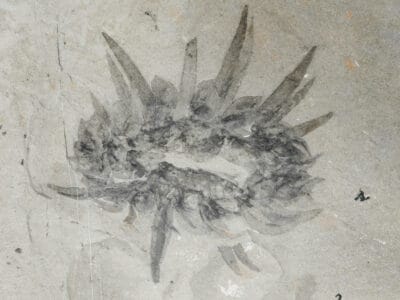
Wiwaxia
The body of Wiwaxia was covered by rows of sclerites and spines

Woolly Mammoth
Tusks grew to 16ft long!
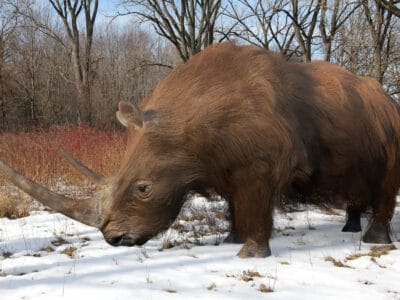
Woolly Rhinoceros
The woolly rhinoceros roamed the earth between three and a half million and 14,000 years ago.
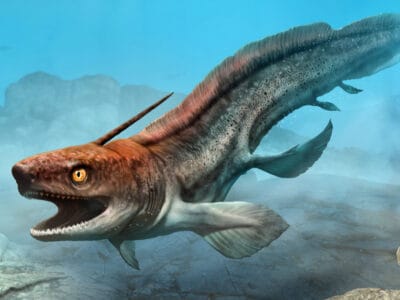
Xenacanthus
Smal eel-like ancient shark

Xenoceratops
The Xenoceratops is the oldest known horned dinosaur ever discovered in Canada.

Xenoposeidon
They may have acted as 'gardeners' to clear vegetation and disperse seeds through their feces.
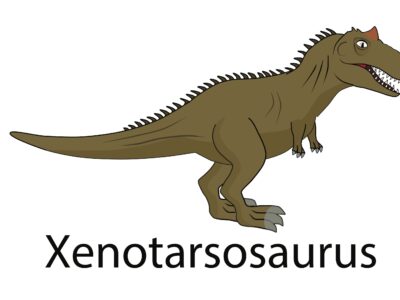
Xenotarsosaurus
Xenotarsosaurus was one of the first fossils discovered in South America's Bajo Barreal formation.

Xiaosaurus
Xiaosaurus was a small and lightweight dinosaur
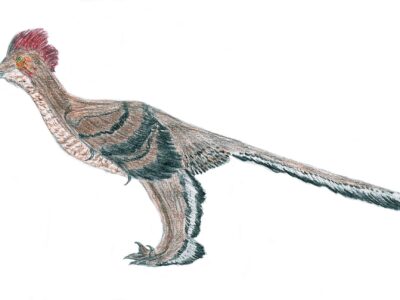
Xiaotingia
Xiaotingia used its feathery hindlimbs for short-distance flights
List of Extinct Animals
- Albertonectes
- Allosaurus
- Allosaurus
- Amargasaurus
- Amphicoelias Fragillimus
- Andrewsarchus
- Anomalocaris
- Anteosaurus
- Arambourgiania
- Archaeoindris
- Archaeopteryx
- Archaeotherium
- Archelon Turtle
- Arctodus
- Arctotherium
- Argentavis Magnificens
- Argentinosaurus
- Arsinoitherium
- Arthropleura
- Aurochs
- Australopithecus
- Barinasuchus
- Barosaurus
- Barylambda
- Basilosaurus
- Brachiosaurus
- Bull and Terrier
- Cape Lion
- Carolina Parakeet
- Cave Bear
- Cave Lion
- Cephalaspis
- Ceratopsian
- Ceratosaurus
- Cervalces latifrons (Broad-Fronted Moose)
- Chilesaurus
- Compsognathus
- Coryphodon
- Crocodylomorph
- Cryolophosaurus
- Daeodon
- Deer Mouse
- Deinocheirus
- Deinosuchus
- Desmostylus
- Dickinsonia
- Dilophosaurus
- Dimetrodon
- Dinocrocuta
- Dinofelis
- Dinopithecus
- Dinosaurs
- Diplodocus
- Diprotodon
- Dire Wolf
- Dodo
- Doedicurus
- Dromornis stirtoni
- Dunkleosteus
- Elasmosaurus
- Elasmotherium
- Embolotherium
- Epicyon haydeni
- Epidexipteryx
- Equus giganteus
- Eryops
- Euoplocephalus
- Eurypterus
- Finch
- Gastornis
- Gigantopithecus
- Gomphotherium
- Gorgosaurus
- Ground Squirrel
- Haast’s Eagle
- Haikouichthys
- Hainosaurus
- Hallucigenia
- Hatzegopteryx
- Helicoprion
- Herrerasaurus
- Hippopotamus gorgops
- Hovasaurus
- Hyaenodon
- Icadyptes
- Ichthyosaurus
- Ichthyostega
- Iguanodon
- Irish Elk
- Josephoartigasia monesi
- Kaua’i ‘Ō‘ō
- Leedsichthys
- Liopleurodon
- Liopleurodon
- Livyatan
- Lystrosaurus
- Machaeroides
- Macrauchenia
- Magyarosaurus
- Maiasaura
- Masiakasaurus
- Megalania
- Megalochelys
- Meganeura
- Megatherium
- Meiolania
- Microraptor
- Mosasaurus
- Muttaburrasaurus
- Neanderthal
- Nuralagus
- Opabinia
- Ornithocheirus
- Ornithomimus
- Oviraptor
- Pachycephalosaurus
- Palaeoloxodon namadicus
- Palaeophis
- Paleoparadoxia
- Panthera atrox (American Lion)
- Parasaurolophus
- Patagotitan
- Pelagornithidae
- Pelycosaurs
- Phorusrhacos
- Phytosaurs
- Platybelodon
- Plesiosaur
- Pliosaur
- Polacanthus
- Procoptodon
- Psittacosaurus
- Psittacosaurus
- Pteranodon
- Pterodactyl
- Puertasaurus
- Purussaurus
- Quagga
- Quetzalcoatlus northropi
- Repenomamus
- Rhamphosuchus
- Saber-Toothed Tiger
- Sandpiper
- Sarcosuchus
- Sarkastodon
- Scutosaurus
- Seymouria
- Shantungosaurus
- Shastasaurus
- Short-Faced Bear
- Simbakubwa
- Sinosauropteryx
- Sivatherium
- Smilosuchus
- Spinosaurus
- Steller’s Sea Cow
- Stupendemys
- Styracosaurus
- Suchomimus
- Supersaurus
- Tarbosaurus
- Tasmanian Tiger
- Terror Bird
- Thalassomedon
- Thanatosdrakon
- Therizinosaurus
- Theropod
- Thylacoleo
- Thylacoleo carnifex
- Thylacosmilus
- Tiktaalik
- Titanoboa
- Titanosaur
- Troodon
- Tully Monster
- Turnspit
- Tusoteuthis
- Tylosaurus
- Tyrannosaurus Rex
- Uintatherium
- Vegavis
- Velociraptor
- Waimanu
- Wiwaxia
- Woolly Mammoth
- Woolly Rhinoceros
- Xenacanthus
- Xenoceratops
- Xenoposeidon
- Xenotarsosaurus
- Xiaosaurus
- Xiaotingia
- Xiongguanlong
Thank you for reading! Have some feedback for us? Contact the AZ Animals editorial team.



